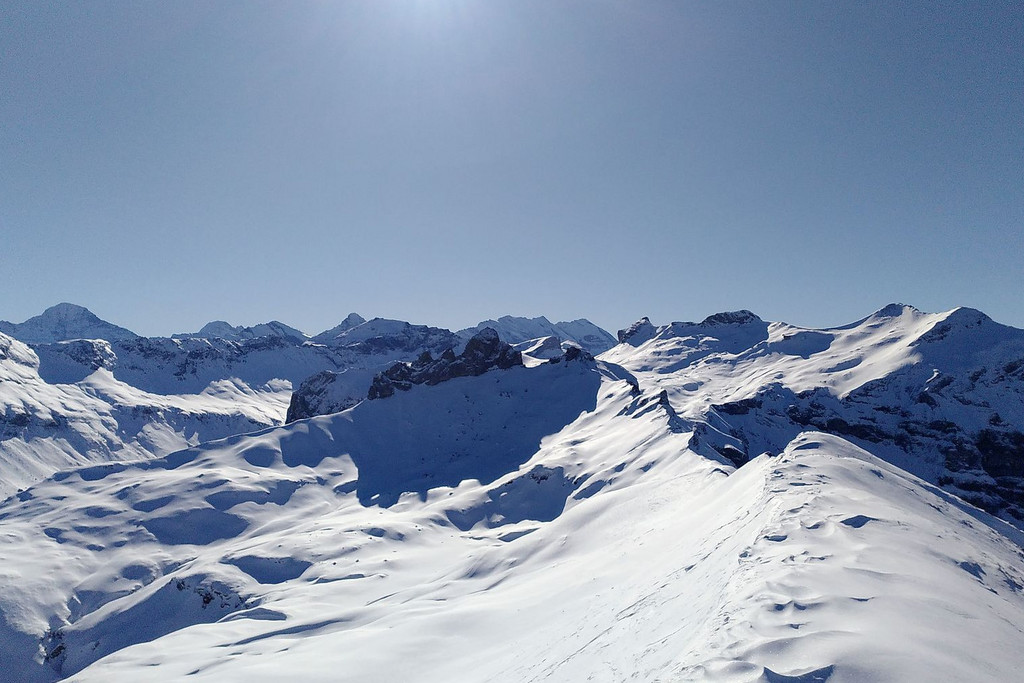
The return of emergency stockpiling

Priests: from protectors to abusers

A shift to the right, and other hot potatoes

When continents collide

The Alps are undoubtedly a vitally important part of Switzerland and how it sees itself. They are unmissable. They are immoveable.
Yet, how we perceive the mountains has changed. This has become evident over the past two years. Over this period, the Swiss have been pondering whether the nation should bid to host the Winter Olympic Games in 2026. The normally sports-mad Valais put an end to the project in June. Voters there overwhelmingly rejected their canton’s financial contribution to the Games at the ballot box. Switzerland’s candidacy has therefore been withdrawn.
The prospect of hosting the sporting event was a dream for many but a nightmare for others. The issue was fiercely debated. One camp of friends of the Alps argued that hosting the Games here would see their return to the birthplace of winter sports and allow the rediscovery of, and a return to, greater simplicity. The key concept of the Olympic project was to use only existing sporting facilities to prove that the Games do not necessarily require massive infrastructure and dubious encroachment.
The other group of friends of the Alps see the mountain landscape in a completely different way. They perceive the Alps as a habitat made vulnerable by climate change and jeopardised by pressure from the commercial events industry. The opponents of the Olympics also focused on the people who live in the mountain communities. These mountain dwellers urgently require prospects for the future, they argued, which the Olympic Games with their designed for the moment artificiality cannot deliver. They refuted the notion that the Games offer any kind of sustainability.
Turning down the Games means that Switzerland will not be amongst the bidding nations for the Olympics for years to come. The question remains as to how we will perceive the Alps in future and how we will deal with the pressure to use this now fragile mountain landscape.

“Swiss Review” also addresses this issue in the article by the author and historian Daniel Di Falco on page 6. Di Falco wonderfully illustrates how the Alps have always been a projection screen, a stage that provides a healthy dose of thrills and spills and directs our gaze. For example, artists like the painter Ferdinand Hodler, who died 100 years ago, shaped the image of the mountains as an idyll for generations. However, even Hodler travelled in comfort by mountain railway to the locations where he portrayed the natural alpine environment.
Comments